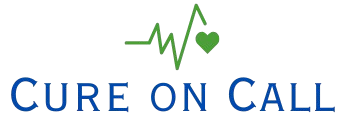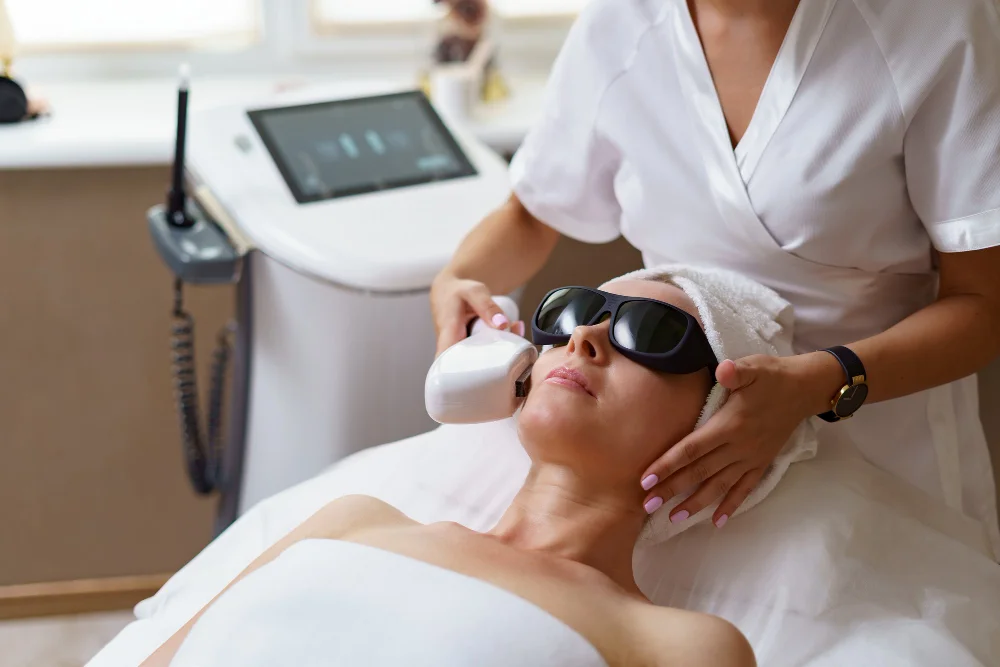Have you ever wondered whether the red glow of light therapy could be doing more harm than good to your eyes? I certainly did, especially after my first session lying beneath those infrared panels, feeling both fascinated and cautious. At first, I found myself squinting even with my eyes closed—an instinctive response, perhaps, but also one that fueled my curiosity. Rituals of light have existed for centuries, but red light therapy (RLT) has exploded into mainstream wellness only recently. Whether it’s touted for skin rejuvenation, muscle recovery, or mood enhancement, there’s no denying its rising popularity.
But amidst the promise of healing and revitalisation, an important question persists: Is red light therapy bad for your eyes? The short answer? It depends. And to unpack that, let’s go deeper—into the science, safety considerations, and personal stories of those who’ve experienced light’s healing touch.
What Exactly Is Red Light Therapy?
Before diving into eye safety, it helps to understand the basics. Red light therapy, also known as low-level light therapy (LLLT) or photobiomodulation, uses low-wavelength red (630–700nm) or near-infrared light (700–1000nm) to stimulate cellular repair. This light penetrates the skin and activates mitochondrial activity, which can improve circulation, reduce inflammation, and even promote tissue repair.
Red light therapy is used in everything from dermatology clinics to gyms and home devices. Athletes swear by it for recovery. Dermatologists use it to reduce scars and wrinkles. Some people even use it at home to ease seasonal affective disorder.
But here’s where things get interesting: the eyes—arguably the most delicate organ that interacts with light—are still debated.
The Science Behind Light and the Eyes: A Fine Balance
I vividly remember speaking with Dr. Alicia Matthews, an ophthalmologist with 15 years of clinical experience. She explained: “It’s not so much that light itself is harmful. It’s how much, what type, and for how long the exposure lasts.”
Studies exploring the relationship between red light and the eyes are still emerging, but here’s what we know:
1. Protective Potential: Some Light Can Heal
In 2020, a study in the Journal of Gerontology found that deep red light at 670nm may actually improve declining eyesight related to ageing. Participants exposed their eyes directly to red light for three minutes per day felt improvements in their vision acuity. The light seemed to boost mitochondrial function—something our retinas desperately need as we age.
This idea isn’t entirely new. Photobiomodulation has been used in veterinary care and optometry for years to support cell regeneration.
2. The Dose Makes the Poison: Too Much Can Harm
However, not all red light exposure is beneficial. According to Dr. Gary Morse, a biomedical researcher specialising in light therapies, “Excessive or unregulated exposure to intense light—even non-ultraviolet wavelengths—can stress the retina.”
The concern is particularly high with devices emitting high-power light, often marketed for home use without clear safety certifications. Prolonged staring at such sources without protection could cause fatigue, temporary vision changes, or even retinal damage.
3. Infrared Light: Invisible But Potent
Many red light therapy devices include near-infrared light—beyond what’s visible. This raises concern because the pupils don’t restrict as they would for visible light, potentially allowing more energy into the eyes. This may increase risk if proper eye protection isn’t used.
So is red light inherently dangerous? Not necessarily. But like sunlight, it’s a tool that must be respected.
My First Red Light Therapy Session: A Personal Insight
When I tried red light therapy for the first time at a recovery clinic in London, I made sure to wear adjustable opaque goggles. The room was dim, the panels warm, and the experience strangely comforting—like sunbathing without the sting.
Still, even slight exposure around the edges of the goggles felt unnerving. It reminded me of something Dr. Matthews once said: “Your eyes don’t get a second pair. It’s always better to err on the side of caution.” So I did.
Is Red Light Therapy Safe for the Eyes? Expert Tips & Guidelines
Now, let’s bring this home. Here’s a balanced perspective based on real-world use and medical insight:
Always Wear Eye Protection
Whether at a clinic or using a home device, wearing suitable eye protection is non-negotiable—especially with prolonged exposure, higher intensity settings, or infrared light.
Follow Recommended Dosage & Distance
Not all devices are created equal. Some are meant for skin (and kept at distance), while others are more focused. Make sure to:
- Avoid pointing lights directly at your eyes.
- Use timers and recommended exposure limits.
- Start with shorter sessions.
Choose Certified Devices
Always select devices that are medically certified or registered with regulatory bodies. This reduces the risk of unregulated or overly intense light.
Know When to Consult a Professional
If you have eye conditions like glaucoma, macular degeneration, or a history of eye surgery, consult a medical professional beforehand.
What the Research Says About Red Light and Eye Health
Let’s take a look at some high-quality, peer-reviewed studies for a balanced view:
- 2020, University College London: Older adults exposed to 670nm red light for 3 minutes per day showed a 22% improvement in vision clarity.
- 2022, Clinical Ophthalmology: RLT may reduce inflammation in ocular surface disorders.
- 2019, Biomedicine & Pharmacotherapy: Suggested cautious, controlled use to treat dry eye syndrome.
But not all studies advocate direct eye exposure. Many recommend light therapy in indirect settings (i.e., targeting the skin, avoiding direct ocular use).
Real-World Case: When Red Light Helped… and When It Didn’t
During a rehab session after a sports injury, my physiotherapist, Jade Thompson, shared a story of a client who experienced temporary visual blurring after DIY red light therapy. He’d used high-intensity lights at a very close distance without eyewear.
Contrast that with another client, a retired nurse, who used a red light device to support healing after cataract surgery—under medical supervision and with appropriate protection. Her results were excellent.
Context and specialist oversight matter tremendously.
Red Light Therapy and Eye Safety: Myth vs. Fact
| Myth | Reality |
|---|---|
| “Red light is completely safe because it’s not UV” | Not true. Intensity, duration, and proximity still impact eye safety. |
| “You don’t need goggles” | Strong devices or infrared can still cause strain or damage. Always wear CE-certified goggles. |
| “Eye damage happens only after a long time” | Even short exposures can cause temporary discomfort or alteration in visual perception. |
Practical Tips: How to Use Red Light Therapy Safely
Here are some actionable steps to make RLT a stress-free experience for your eyes.
- Invest in Proper Eye Goggles – Choose ones designed for light therapy with full coverage.
- Maintain Safe Distance – Stay at a manufacturer-recommended distance from the light source.
- Limit Exposure Time – Start with short intervals and increase gradually.
- Use Certified Devices Only – Look for FDA-cleared or CE-marked units.
- Avoid Direct Eye Targeting – Do not point the beam into your eyes.
- Seek Medical Guidance – If you’re planning light therapy for eye-related issues, consult an ophthalmologist.
FAQs
Can I use red light without eye protection?
Not recommended. Even though red light is non-UV, it can still strain your eyes or impact your retina, especially with infrared.
Is RLT safe for eye diseases like glaucoma?
It depends on your condition. Always seek medical advice first.
Are LED masks that cover the face safe?
Yes, as long as they have built-in light barriers and you keep your eyes closed or wear goggles.
Does IR light make it more dangerous?
Infrared can penetrate deeper and is invisible, meaning your pupils won’t naturally contract—so always protect your eyes.
Is there any scenario where RLT helps the eyes?
Emerging research suggests potential in helping ageing eyes, but only under controlled, medical guidance.
Final Thoughts: Light Is Powerful—Respect It
Ultimately, red light therapy isn’t “bad” for your eyes—it’s merely something to approach intelligently. Think of it like fire: it’s helpful when controlled, dangerous when misused. Science is slowly uncovering both therapeutic and cautionary notes. With the right precautions—goggles, correct devices, good distance, and medical advice—you can benefit from red light without risking your vision.
Have you ever tried red light therapy? Did you notice any effects on your vision? I’d love to hear your experience. Drop your thoughts in the comments—and if this guide helped, feel free to share it with someone curious (and cautious) about the healing power of light.




